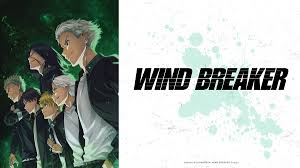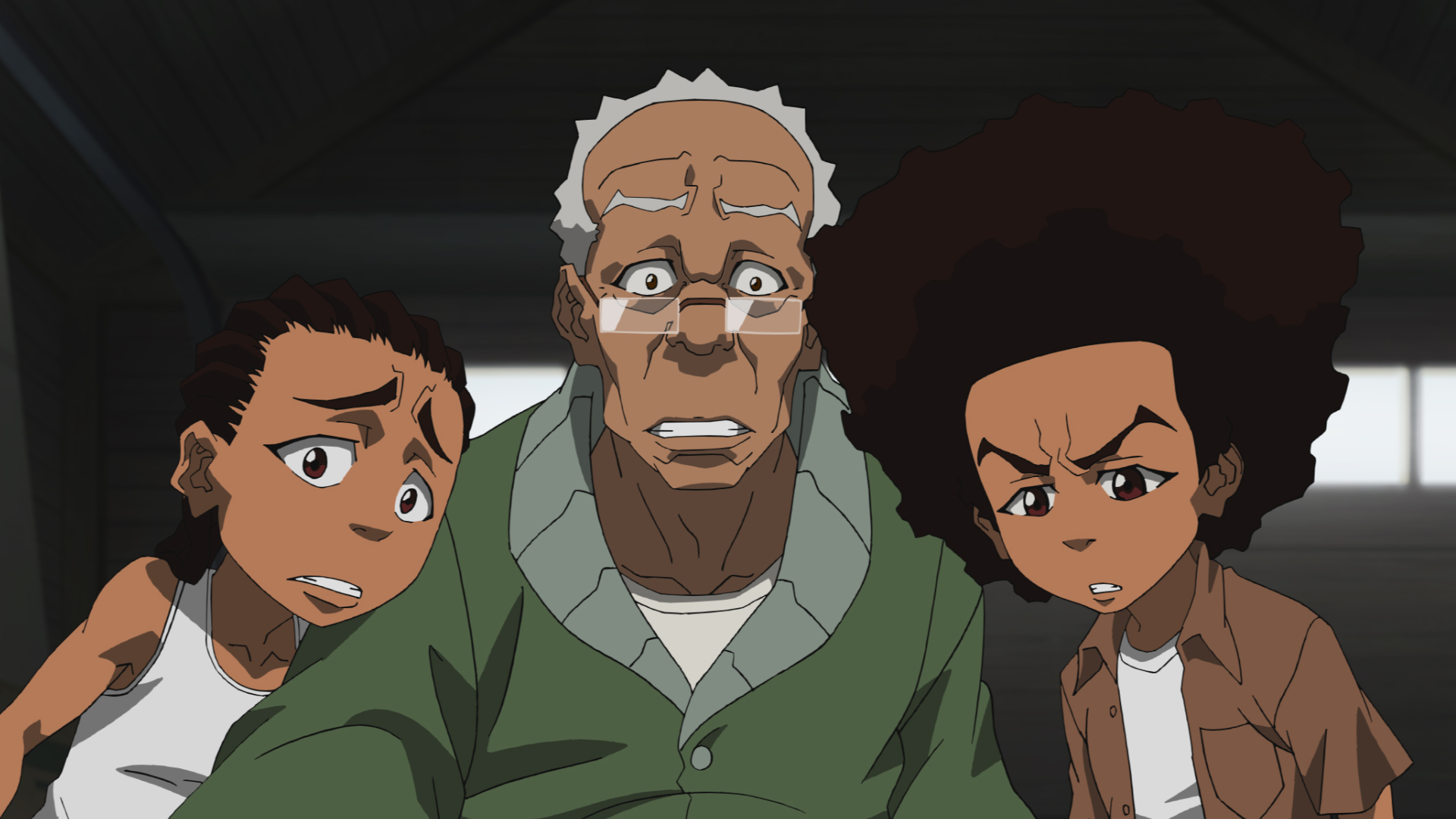English Dub Season Review: Wind Breaker Season One
Overview (Spoilers Below):
Welcome to Furin High School, an institution infamous for its population of brawny brutes who solve every conflict with a show of strength. Some of the students even formed a group, Bofurin, which protects the town. Haruka Sakura, a first-year student who moved in from out of town, is only interested in one thing: fighting his way to the top.
Our Take:
Wind Breaker is an anime adaptation of a manga series written and illustrated by Satori Nii. Toshifumi Akai directed it, and Hiroshi Seko wrote the screenplay. It is produced by CloverWorks, which is known for producing shows like Horimiya, My Dress-Up Darling, and Spy x Family. Taishi Kawakami handled the character designs while Ryo Takahashi composed the music. The opening theme is “Zettai Reido” (“Absolute Zero”), performed by natori, while Young Kee performed the ending theme song, “Muteki”.
Sometimes, the best way to solve a conflict is to fight to the top. Usually, we use our conversations to end a confrontation or even achieve acceptance and respect from others. However, this particular group talks with their fists. Unsurprisingly, the spring season is chock full of intriguing anime adaptations that either live up to their expectations or fall below them. As someone who hasn’t read many mangas, I experienced several anime adaptations ranging from good to just okay. Throughout the season, I hadn’t seen a single series that impressed me more than the others I looked at. That is until I came across Wind Breaker, a white-knuckled series about a band of students protecting their town from those seeking to disrupt the peace with their abusive nature. Surprisingly, what seemed like another typical display of anime violence and comedy transcended into something more.
Consisting of 13 episodes, Wind Breaker chronicles Haruka Sakura, an aggressive young man shunned by his hometown due to his heterochromia in his hair and eyes and his strength. He comes across the town of Furin, seeking to become the best fighter in the world. His quest led him to join Furin High School, an institution that trains a group of burly yet supportive brutes called Bofurin. As Sakura adjusts to accepting everyone’s goodwill, he encounters another group of turf fighters, the Shishitoren, who challenge him and Bofurin to a Turf War tournament.
Wind Breaker reflects Sakura’s quest to be the best fighter in town, similar to Luffy’s attempt to become king of the pirates in One Piece. However, the difference between the two characters is their personalities. Sakura belongs in the category of “tsundere” characters, in which they have a harsh and aggressive persona before gradually becoming warmer and friendlier later on. Depending on the direction, these types of characters could wind up becoming either way. They could either be obnoxious to the point of not caring about their development or genuinely relatable due to their charismatic aggression and depth. After watching the first few episodes, I would gladly put Sakura on the latter side. Benefitting from Austin Tindle’s impressive performance, Sakura powers through his crude traits with his engaging character development and badass persona. I would even say he’s in the same veins as Bakugo from My Hero Academia: obnoxiously aggressive but highly likable.
The supporting characters also get a chance to shine, with the results ranging from good to great. One of them is Akihiko Nirei (Bryson Baugus), a timid yet knowledgeable first-year student who becomes Sakura’s right-hand man. Nirei may not be as strong and fearless as the other Furin students, but his loyalty and intellect compensate for his lack of strength. Umemiya also provided some amusingly hilarious moments due to his optimistic and goofy persona, delivered effectively by Aaron Campbell. Of course, Umemiya’s cheerful attitude doesn’t get in the way of his wisdom and seriousness when protecting his team, making him a representative worth cheering for. The eleventh episode, “New Classmates,” also introduced Taiga Tsugeura (Jordan Dash Cruz) and Mitsuki Kiryu (Drew Breedlove), both of which had enough charm to make them worthy of being members of this ragtag team of knuckleheads.
But that’s not the only reason I adored Wind Breaker. The first few episodes were delightful for their world-building and character introductions, especially Sakura and Hajime Umemiya. However, the “Turf War” arc afterward is when the narrative fists start flying further than anticipated. The “Turf War” arc consists of Bofurin competing against Shishitoren in a one-on-one tournament for possession of their home turf. However, as the tournament progresses, the series examines more of the rival team’s leaders, Choji Tomiyama (Derick Snow) and Jo Togame (Chris Guerrero), and how their choices led them to their dark paths.
The “Turf War” arc was the best part of the show’s first season. The action sequences are packed with style and intensity regarding the animation, but the emotional beats amid the fights managed to punch harder than the characters’s fists. It transcends the typical “good team vs bad team” trope by showcasing Shishitoren and its leaders as flawed beings lost in their goals. Togame was drowning in guilt over not standing up to Tomiyama, who was unthinkingly pursuing “freedom” by being stronger, unaware of what he was actually doing to his teammates. They say that actions speak louder than words, but in the “Turf War” arc, both speak as loudly as one another. It portrays a thrilling and satisfyingly touching fight for the townspeople’s safety and for steering Shishitoren to redemption.
The animation company behind Wind Breaker, CloverWorks, has undoubtedly impressed me with its other works, like Akebi’s Sailor Uniform and Horimiya: The Missing Pieces. However, I will always remember CloverWorks for its work on Spy x Family alongside Wit Studio regarding the presentation, comedy, and action scenes. So, it’s unsurprising that Wind Breaker is another reason for CloverWorks’ booming winning streak. The animation highlights the visual humor, character designs, and hard-hitting action. The style and impact of the violence hit as hard as a ton of bricks, but the cinematography elevates it to a new high with its presentation, especially in its first and last episodes, where it combines the 2D characters with the CGI environments.
Overall, Wind Breaker packs a surprisingly effective punch that’ll leave an impressive mark in the modern martial arts anime lineup. Regarding its narrative, characters, and impactful action, the series checks almost all the right boxes to make it highly entertaining and thought-provoking in its themes involving acceptance, friendship, and loyalty. CloverWorks also continued to prove itself as another excellent animation studio worthy of our attention due to the show’s immaculate presentation. It is one of the biggest surprises of the year that shouldn’t be missed, especially since its second season is slated to come out next year.
























"There are also other characters that come and go (also owned by the Warner Bros. Discovery conglomerate media company)."
Huh. Is that just referring to other characters from the show itself, or is this implying that the new season is going to have cameos from other WBD IPs